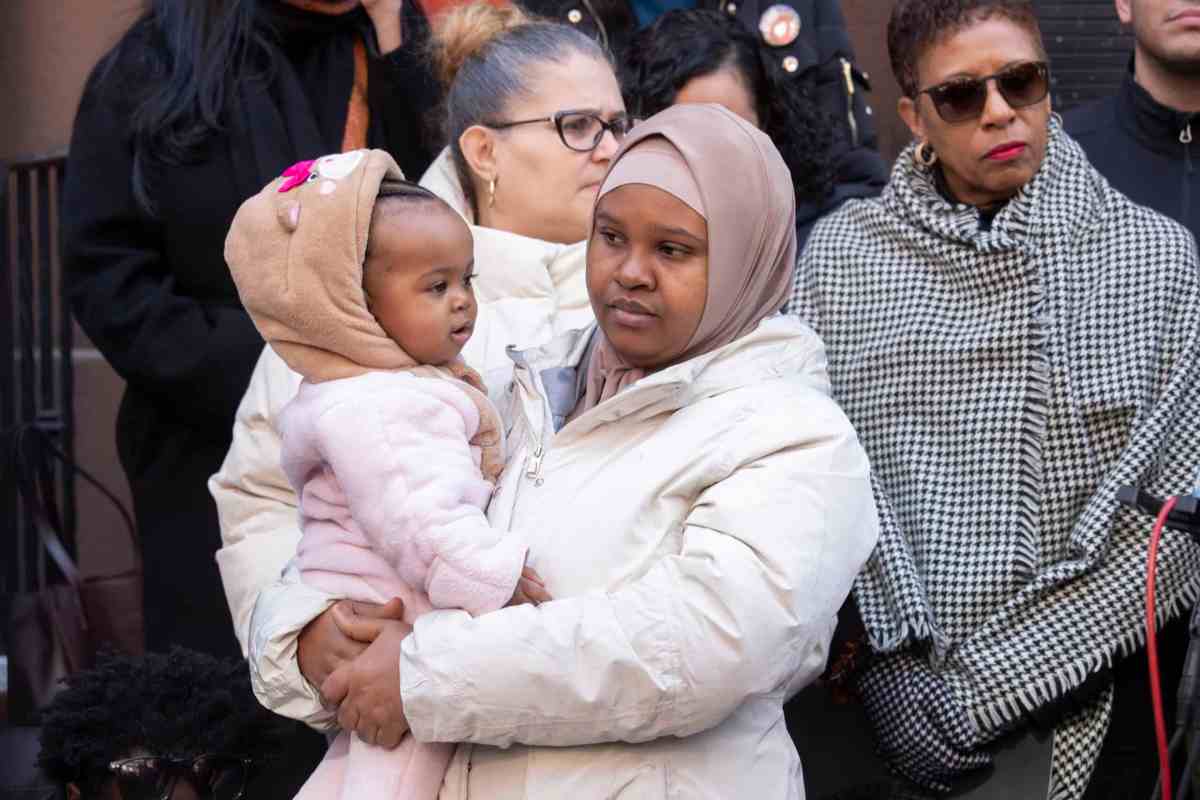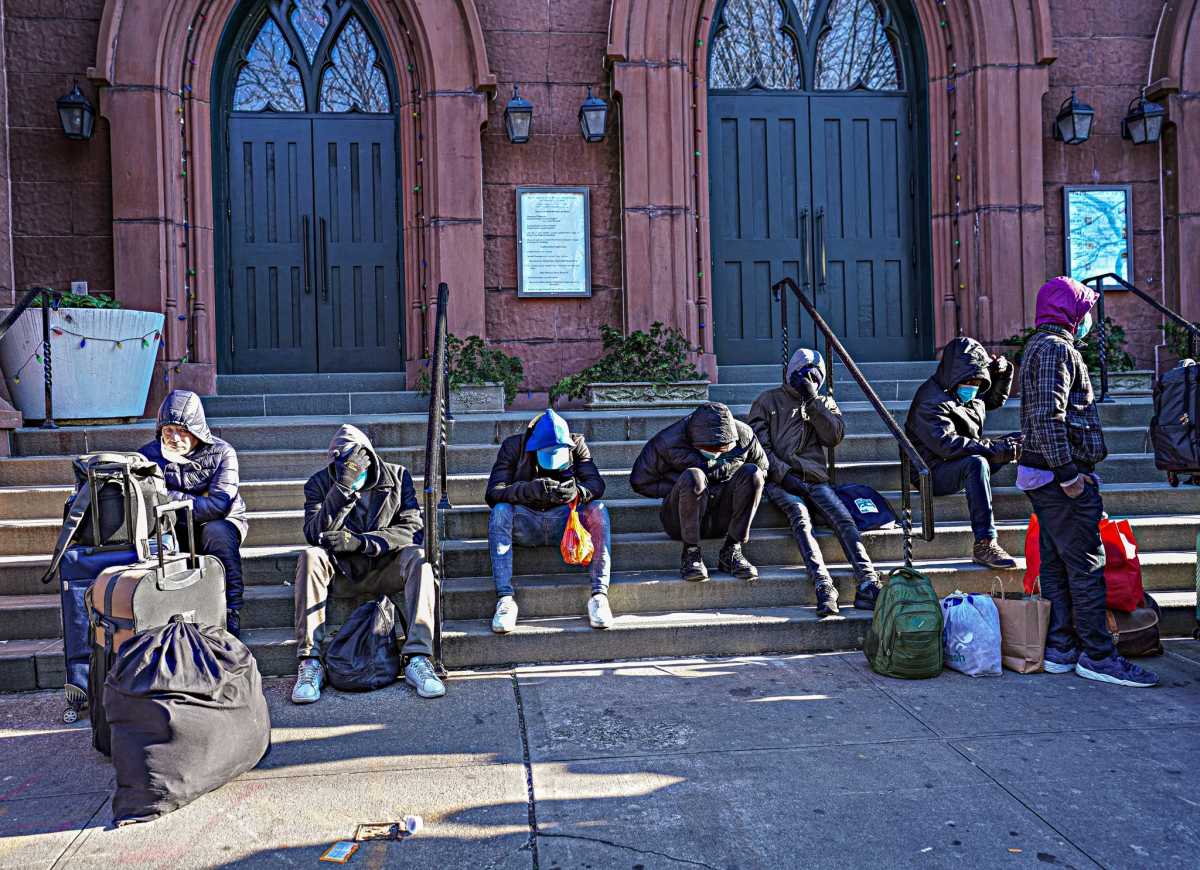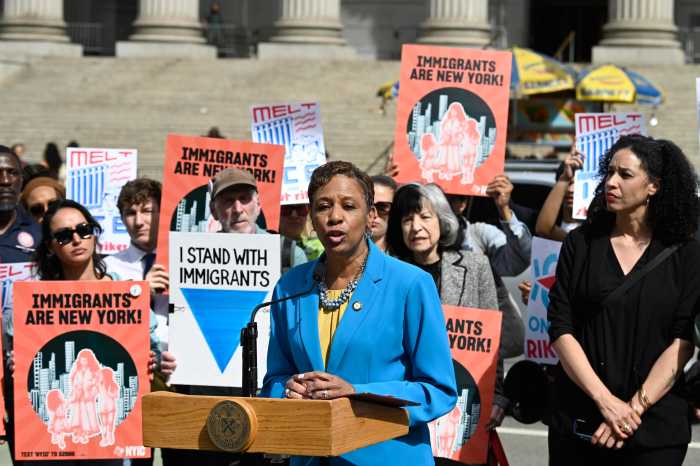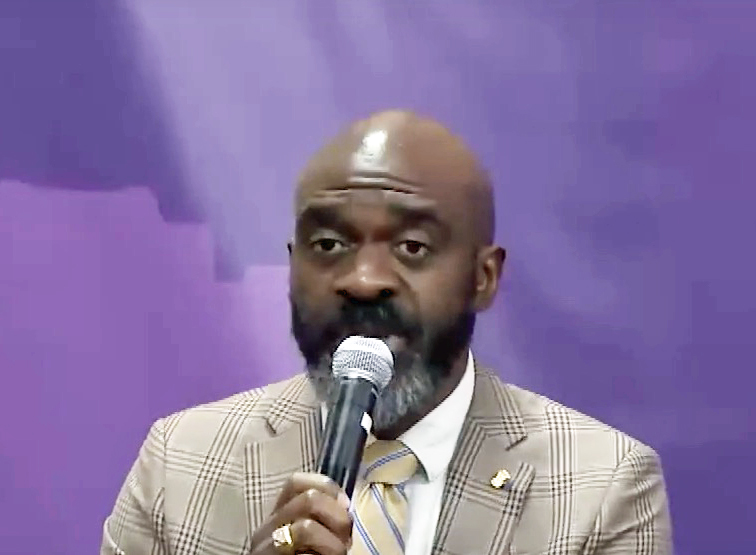Changes to the Big Apple’s right to shelter for newly arrived single adult migrants, agreed to in a legal settlement earlier this month, will take effect across the city’s entire shelter system in the middle of April, an official with Mayor Eric Adams’ administration said Thursday.
Deputy Mayor Anne Williams-Isom said assessments will take place on a case-by-case basis. First, the city will do a “small pilot” of the effort before expanding it to the whole network, she said.
“It’s going to be the middle of April when we’re really going to start system-wide with these assessments,” Williams-Isom said.
As stipulated in the agreement between the city and the Legal Aid Society earlier this month, single adult migrants will soon only be guaranteed 30 days in shelter before being mandated to leave the system, unless they can prove they have extenuating circumstances that warrant a longer stay. Such extenuating circumstances include if newcomers have made a “genuine effort” to find and secure housing outside of the shelter system.
Prior to the settlement, single adult migrants’ time in shelter was already limited to 30 days, but they could reapply for another without restrictions. That option will now, in theory, be far more limited.
But notices of the new shelter limits have already started to be rolled out, said Legal Aid Staff Attorney Josh Goldfein.
“It’s a phase-in, so yesterday they started giving out the first notices to people at one site and then they’re gonna move to another site … so it’s gonna take a little time for them to fully implement it,” Goldfein said.
The settlement came after several months of closed-door negotiations over the city’s attempt to alter the right-to-shelter — a decades-old consent decree that guarantees a bed to anyone in need — so it would no longer apply to migrants.
The city hopes the settlement will help it significantly lower the number of migrants in its care, which currently stands at roughly 64,000 out of the nearly 1860,000 migrants who have come to the city since spring 2022.

In the time since the settlement, Williams-Isom explained, the city will iron out which questions to ask during the assessments, choose the staff who will conduct them and prepare systems to track the shelter stay extensions they are granting.
“Already 60% of the people who have been in our care have been able to move on,” Williams-Isom said, referring to the portion of migrants who have stayed in the shelter system and then moved into other housing. “ So we really feel like this decision is going to let us really double those efforts and help people to get safely on their journey.”
The deputy mayor added that the large-scale effort will require the city to hire extra staff and establish a site solely dedicated to conducting the assessments.
“It’s going to be additional staff that we use to really make sure that they are looking at all of the different questions,” Williams-Isom said. “Whether it’s about connection to employment, whether it’s about connection to housing, whether it’s about different identification that they need. There’s a series of extenuating circumstances. So we’re going to have a group of people who are doing that.”
As the city moves to enact the changes, Goldfein said Legal Aid will be watching to ensure it grants extensions to new arrivals who have done “everything within their power” to try to leave the system.
But with many of them not having the right to work and not being able to speak English, moving out can be a tall order, he said.
“But there’s only so much they can do,” Goldfein said. “They don’t have work authorization. The funds for English courses have been cut. There’s only so much a person can do to comply with the city’s request. And then if they’re doing that, they should get to stay.”
Read more: Flight Cancellations at JFK, LaGuardia & Newark – Storm



































